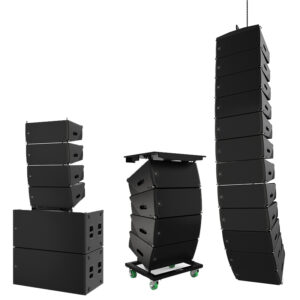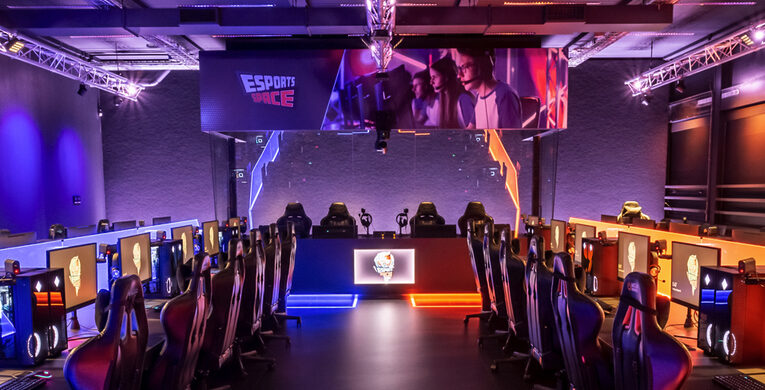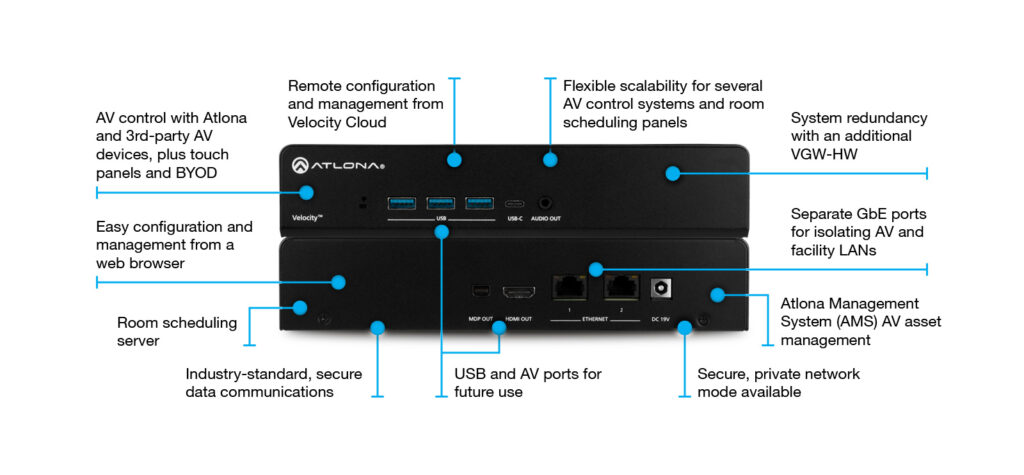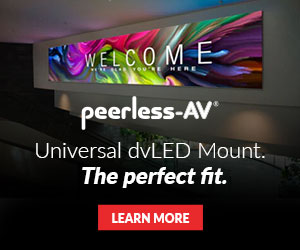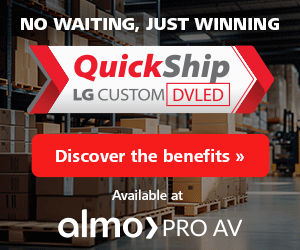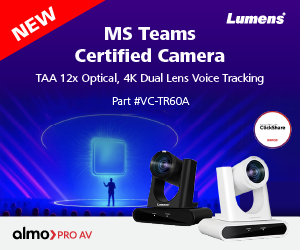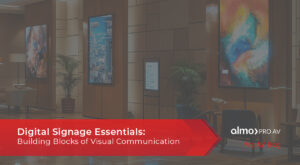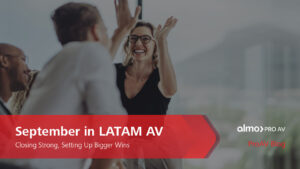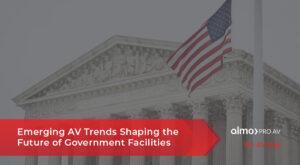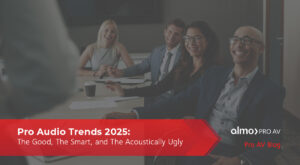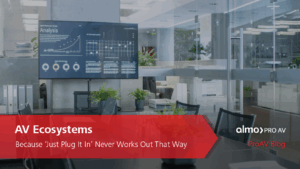Why Is Quality Important When Selecting Audio?
I was pondering this topic recently when I met a friend for lunch at one of my favorite eatery places. They recently moved to a new location and ever since moving, it’s been difficult to really enjoy eating at the place. My friend and I were discussing how incredibly loud the place gets, to the point that it’s difficult to really have a conversation with each other. As a result, I often just pick up the food and bring it home. This situation really made me wonder what was missing in the audio design when they moved to this new location. I decided to do some research by talking to our Exertis Almo Audio Experts to gain some insight and, hopefully, help you avoid this common mistake.
When choosing the audio technology for a project, every installation is a reflection of your brand and reputation. Customers expect their audio systems to perform without trouble, and it’s essential to select quality solutions that deliver exceptional functionality and reliability. Fortunately, there are many high-quality audio options with cost-conscious price tags, so you won’t have to compromise on excellence.
Additionally, quality is often reflected in the ease of installation. Specifically in meeting rooms, huddle spaces, and classrooms, audio technology should be simple to use and strive to avoid any frustration for the end-user. This simplicity can help ensure that the technology is used effectively, avoiding the common pitfall of equipment going unused due to user confusion.
Here are a few key considerations when selecting quality audio technology.
Assess your environment.
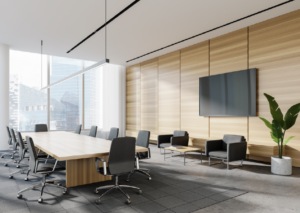 Before installing audio equipment, it’s important to evaluate the space itself, as there are many factors that affect audio quality. It’s essential to consider the acoustics of an environment, as a particular space might require a few changes to adjust the echo and create a more comfortable listening experience once the audio equipment is installed.
Before installing audio equipment, it’s important to evaluate the space itself, as there are many factors that affect audio quality. It’s essential to consider the acoustics of an environment, as a particular space might require a few changes to adjust the echo and create a more comfortable listening experience once the audio equipment is installed.
In fact, it’s common to run into acoustical issues in multi-use spaces, as they’re designed with several functions in mind. For example, a school might utilize a single space for their gym and auditorium, which can cause acoustical design to be overlooked. In essence, you’ll want to assess an environment before investing in any audio technology, as acoustical treatment is an essential step in providing a high-quality audio experience.
Consider service and warranty.
Along with functionality and reliability, quality often correlates with the level and service and warranty provided by manufacturers. Although you aim to avoid any issues with a particular product, you should ensure that support is readily available if problems arise with a manufacturer’s technology. This aspect of product selection is frequently overlooked, but having a product warranty and readily available support can help save time and protect your reputation with your customers.
 See the products in action.
See the products in action.
When you get to experience the way in which products function across various environments, you can understand the practical applications of those solutions. There are a variety of educational resources available to strengthen your understanding of a product, and you can later apply that knowledge in the field to truly understand how the technology functions in a particular space.
Don’t overlook the audio.
If you’re looking to achieve high-quality audio in a space, it’s essential to ensure that the audio is not overlooked in the planning and design process. Oftentimes, the visual aspects receive far more attention, like displays and protection technology. In order to design a well-rounded, comfortable space for users, the audio and visual components must both be at the top of the list.
The bottom line is that quality audio is paramount for successful, comfortable communication.
For me, the main takeaway was simply that it’s crucial to assess the environment, because, in my scenario, the restaurant would have identified ways to absorb the noise. Would that have fixed it completely? It would make it more comfortable for their patrons to chat, and they’d potentially spend more time and money. It might’ve cost a few more dollars, which would have paid off in the long run.
You always have available resources to assist with all of your audio and video needs at Exertis Almo. Please feel free to contact me or your Exertis Almo team.

Angie Greene | DSCE
Business Development Manager
Supported Manufacturers: Panasonic Connect




 All-in-one DVLED displays are a great option as they do not require external LED controllers/sender units to operate since all the required components are built into the unit, so it functions like a standard monitor, and there are typically several predefined sizes to work in various environments. The other option for DVLED is a custom video wall solution. Custom DVLED walls are a good option when you have an application requiring a specific size display, atypical aspect ratio, or need specific resolutions or brightness levels. Custom DVLED allows the user the broadest choice in selecting products to meet the needs of their individual application, but generally requires a more complex installation using external LED controllers/sender units.
All-in-one DVLED displays are a great option as they do not require external LED controllers/sender units to operate since all the required components are built into the unit, so it functions like a standard monitor, and there are typically several predefined sizes to work in various environments. The other option for DVLED is a custom video wall solution. Custom DVLED walls are a good option when you have an application requiring a specific size display, atypical aspect ratio, or need specific resolutions or brightness levels. Custom DVLED allows the user the broadest choice in selecting products to meet the needs of their individual application, but generally requires a more complex installation using external LED controllers/sender units.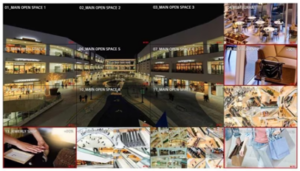 In this example, after talking with the client, it was determined that the better way to achieve their goals was to use LCD technology due to one primary factor, resolution. The client stated that they wanted to have multiple unique images on the display simultaneously, up to 9 different sporting events or advertisements on the wall at any given time. While it is possible to show the required number of images on the DVLED display using external video processing, the resolution of each image would end up being very low using the DVLED display discussed.
In this example, after talking with the client, it was determined that the better way to achieve their goals was to use LCD technology due to one primary factor, resolution. The client stated that they wanted to have multiple unique images on the display simultaneously, up to 9 different sporting events or advertisements on the wall at any given time. While it is possible to show the required number of images on the DVLED display using external video processing, the resolution of each image would end up being very low using the DVLED display discussed.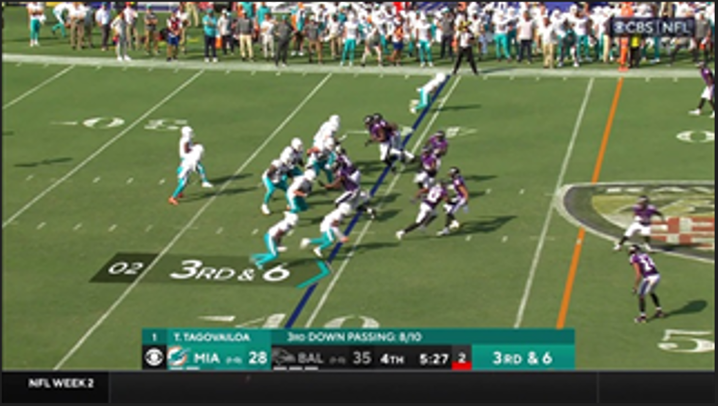
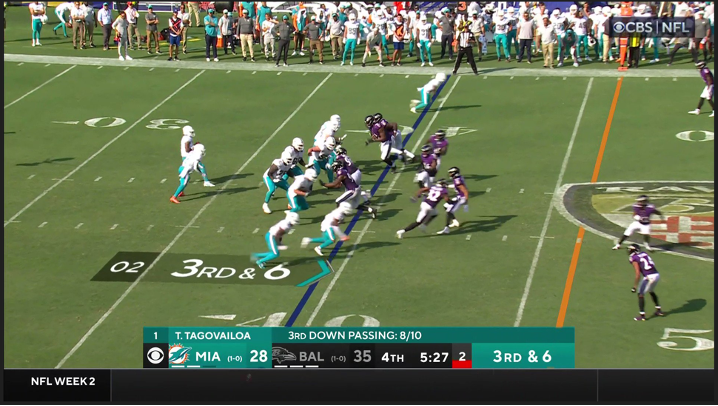




 As I write this article, my truck is in the shop having new tires put on. Buying tires is one of my least favorite purchases of all time!!! Yet every few years I go through the same process. Gather my tire size information, check some tire websites, identify my needs in terms of performance (I live in Buffalo, NY, so a tire that performs well in the snow is a must!!!), establish my budget, read some reviews, select my top picks, shop prices, book the appointment.
As I write this article, my truck is in the shop having new tires put on. Buying tires is one of my least favorite purchases of all time!!! Yet every few years I go through the same process. Gather my tire size information, check some tire websites, identify my needs in terms of performance (I live in Buffalo, NY, so a tire that performs well in the snow is a must!!!), establish my budget, read some reviews, select my top picks, shop prices, book the appointment.
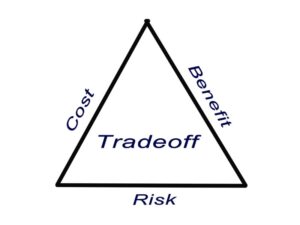
 Balancing these tradeoffs requires careful planning and consideration of the project’s specific needs and constraints. Conducting a feasibility study and involving all stakeholders in the planning process can help identify the best approach
Balancing these tradeoffs requires careful planning and consideration of the project’s specific needs and constraints. Conducting a feasibility study and involving all stakeholders in the planning process can help identify the best approach 
 Of course, this naïve and incorrect view was the result of being on only one side of the fence. In the following years, I have been lucky enough to serve in several different roles throughout the industry, from design engineer at a major university, to project engineer, to consultant. Each of these roles has presented different sets of challenges, but more importantly, they have allowed me to see the industry from both sides of the fence, and how each of these roles complement each other to produce satisfactory results for clients and end users.
Of course, this naïve and incorrect view was the result of being on only one side of the fence. In the following years, I have been lucky enough to serve in several different roles throughout the industry, from design engineer at a major university, to project engineer, to consultant. Each of these roles has presented different sets of challenges, but more importantly, they have allowed me to see the industry from both sides of the fence, and how each of these roles complement each other to produce satisfactory results for clients and end users. Why then do we need to have design drawings at all? Why can’t the Project Engineer simply take the end user’s goals and design the system to construction level all by themselves without the need for a Design Engineer?
Why then do we need to have design drawings at all? Why can’t the Project Engineer simply take the end user’s goals and design the system to construction level all by themselves without the need for a Design Engineer? AV integrators, by their nature, must have relationships with the manufacturers of products that they sell and install. To ensure competitive pricing, on-time delivery, and pre- and post-sale support, integrators must cultivate and maintain these manufacturer relationships. Through no fault of their own, this means that integrators will tend to want to sell products provided by manufacturers with which they have good relationships.
AV integrators, by their nature, must have relationships with the manufacturers of products that they sell and install. To ensure competitive pricing, on-time delivery, and pre- and post-sale support, integrators must cultivate and maintain these manufacturer relationships. Through no fault of their own, this means that integrators will tend to want to sell products provided by manufacturers with which they have good relationships.
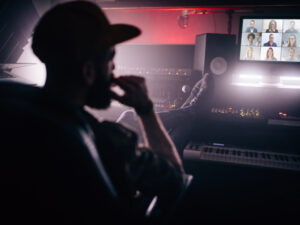 Let’s say Robbie Van Winkle, aka Vanilla Ice, wants to revive his singing career and plans to have Teams meetings with record producers across the globe. Maybe he needs a PTZ camera that offers tracking via Artificial Intelligence so that the far end will see his expressions as he paces the meeting room. Perhaps he needs the camera to focus on him and not his entourage in the background. Maybe he needs a simple, clean audio solution with a fantastic mic array and excellent speakers mounted on the wall. I would be happy to help Robbie’s AV integrator select the right materials for the job. AND if Robbie wants to join our meeting, that’s excellent too.
Let’s say Robbie Van Winkle, aka Vanilla Ice, wants to revive his singing career and plans to have Teams meetings with record producers across the globe. Maybe he needs a PTZ camera that offers tracking via Artificial Intelligence so that the far end will see his expressions as he paces the meeting room. Perhaps he needs the camera to focus on him and not his entourage in the background. Maybe he needs a simple, clean audio solution with a fantastic mic array and excellent speakers mounted on the wall. I would be happy to help Robbie’s AV integrator select the right materials for the job. AND if Robbie wants to join our meeting, that’s excellent too.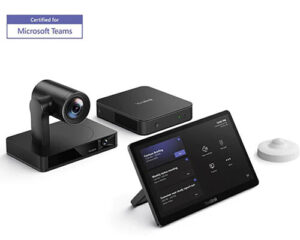 While we offer MTR licensing, we are aware many have a solution in place. Keep in mind, we can tailor a complete MTR solution, including Teams Room licenses to fit the budget and needs. Regardless of where you acquire your solution, do you have the right hardware to make for the best meetings? A camera and audio are a great starting point, but we can help you further. Do you need to share content with the participants in the room even when not using a conference solution? Do you need to capture these meetings for later playback? Has a touch control panel been considered? Or perhaps an interactive display?
While we offer MTR licensing, we are aware many have a solution in place. Keep in mind, we can tailor a complete MTR solution, including Teams Room licenses to fit the budget and needs. Regardless of where you acquire your solution, do you have the right hardware to make for the best meetings? A camera and audio are a great starting point, but we can help you further. Do you need to share content with the participants in the room even when not using a conference solution? Do you need to capture these meetings for later playback? Has a touch control panel been considered? Or perhaps an interactive display?
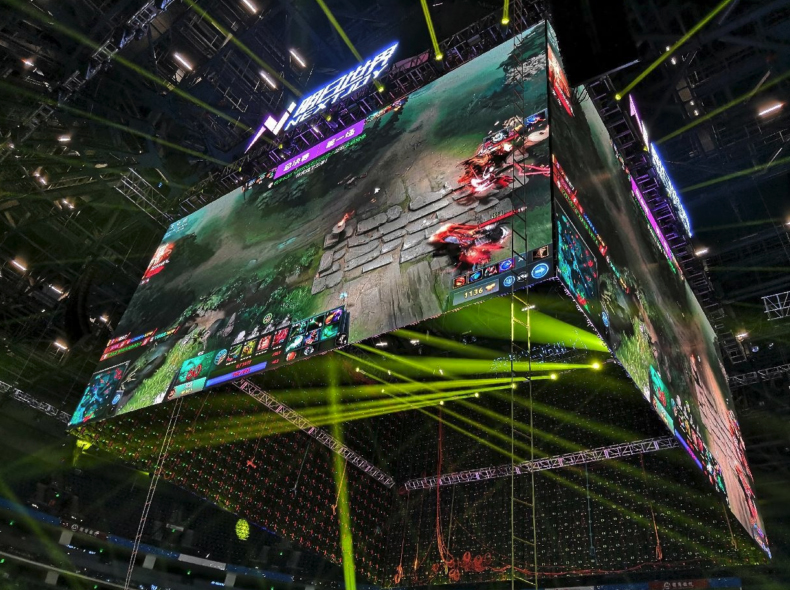 Let’s explore the key categories of Pro AV technology essential for creating cutting-edge Esports facilities on college campuses and how integrators can play a vital role in the process.
Let’s explore the key categories of Pro AV technology essential for creating cutting-edge Esports facilities on college campuses and how integrators can play a vital role in the process.